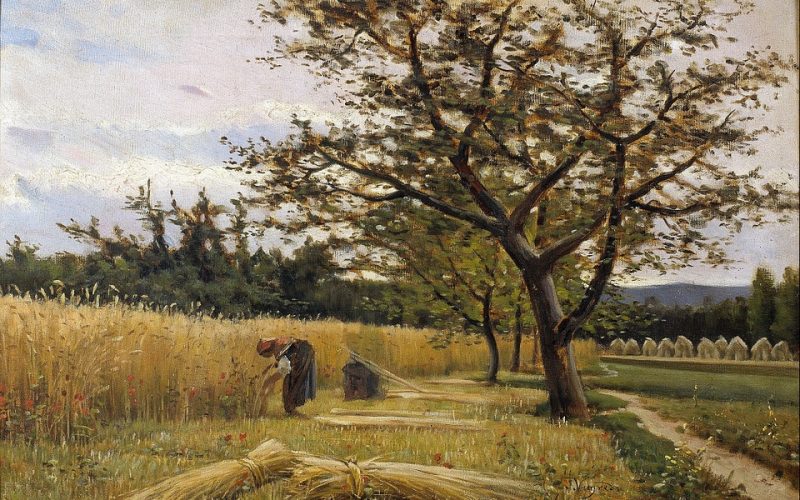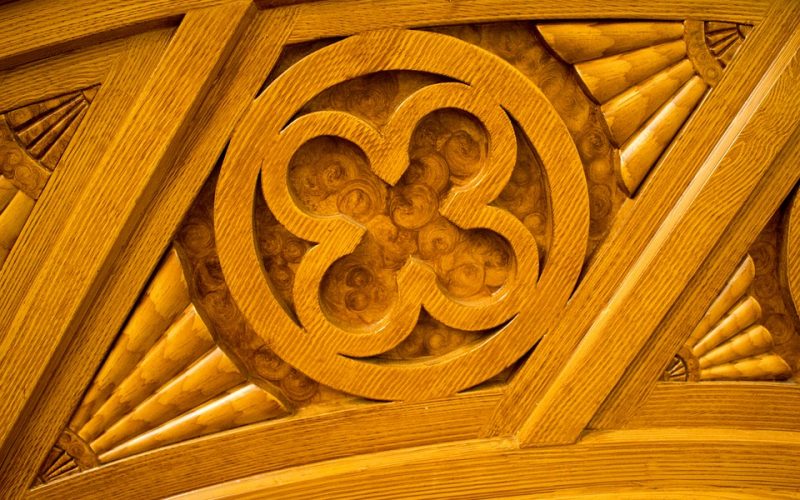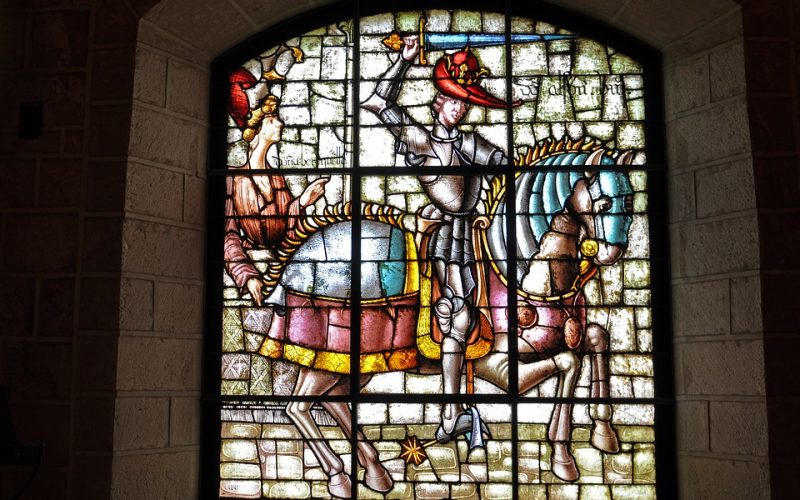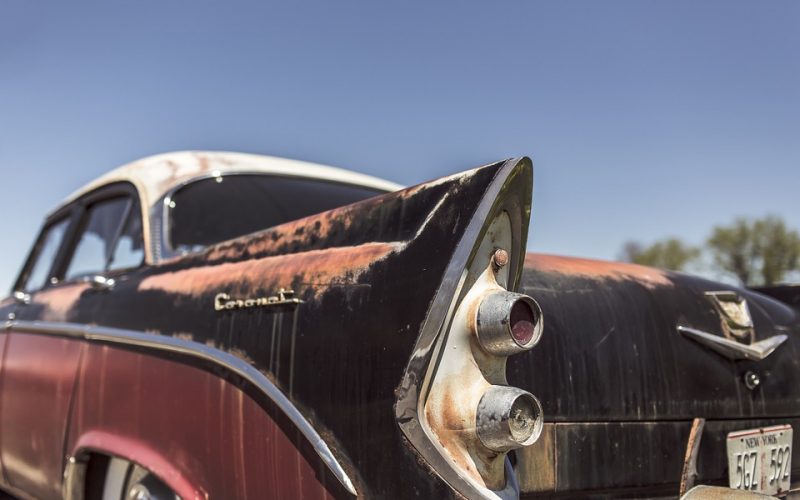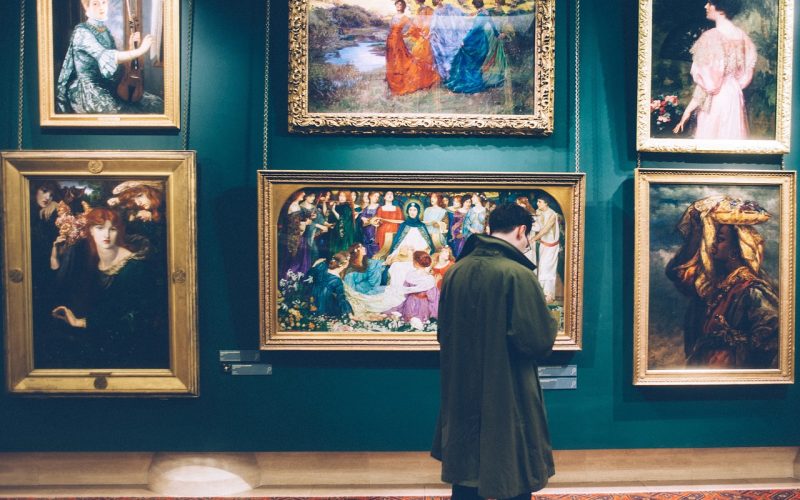Preserving Cultural Heritage
The restoration of the Notre Dame Cathedral, following the devastating fire of April 2019, has been an extraordinary testament to the power of technology in preserving cultural heritage. The reconstruction efforts have not only highlighted the architectural marvel that the iconic cathedral is, but also underscored the critical role that modern technology plays in restoring historical structures with precision and care.
The fire and its aftermath
On the evening of April 15, 2019, a fire broke out beneath the roof of the Notre Dame Cathedral in Paris, causing significant damage to the landmark. The spire and much of the roof collapsed, while the upper walls of the building were severely damaged. The disaster prompted an outpouring of grief from around the world, with pledges of support and funding for restoration efforts immediately following. The French government vowed to rebuild the cathedral, sparking discussions about how to best approach the restoration process.
Leveraging technology in restoration efforts
One of the most remarkable aspects of the Notre Dame restoration has been the use of cutting-edge technology. Digital tools such as 3D laser scanning, photogrammetry, and virtual reality are being employed to recreate the cathedral with unparalleled accuracy. Before the fire, Notre Dame had been extensively documented through various digital means, which provided a comprehensive reference for restoration teams. These data sets have been instrumental in planning and executing the reconstruction process, allowing architects and engineers to visualise the structure's original state in extraordinary detail.
3D modelling and its impact
3D modelling, derived from laser scans and high-resolution photographs taken before the fire, has been particularly vital in the restoration project. These models offer an incredibly detailed blueprint, enabling experts to understand the intricate architecture and design of the cathedral. This technology allows the reconstruction team to identify sections that require delicate handling and ensures that historically accurate materials and techniques are used during the rebuild. The accuracy of these models is so profound that they have been dubbed "digital twins," serving as a virtual replica of the Notre Dame Cathedral.
Virtual reality and public engagement
Virtual reality (VR) has not only played a role in aiding the restoration process but has also been utilized to engage the public with the project. Through VR, individuals can take virtual tours of the Notre Dame Cathedral, both in its pre-fire glory and during the restoration process. This immersive experience is intended to maintain public interest and support for the project, as well as provide educational insights into the methods and technologies employed in restoration. By enabling the public to witness the meticulous work being undertaken, VR helps to foster a deeper appreciation for the cathedral's cultural and historical significance.
Material science innovation
Material science has also played a crucial role in the restoration of Notre Dame. Researchers and scientists have been working together to ensure that the materials used in the restoration process are faithful to the original construction while incorporating modern advancements where beneficial. This includes using advanced materials that offer greater durability and resistance to environmental factors, thereby ensuring the longevity of the restored cathedral. Innovations in material technology have allowed artisans to replicate ancient techniques with improved efficiency and precision, bridging the gap between traditional craftsmanship and modern engineering.
A collaborative international effort
The restoration of the Notre Dame Cathedral is a testament to the collaborative efforts of experts from around the globe. Architects, engineers, historians, and craftsmen have come together to contribute their expertise and insights, ensuring that the cathedral is rebuilt to its former glory. International cooperation has been essential in pooling resources, knowledge, and technological advancements, illustrating the shared commitment to preserving humanity's cultural heritage. This collective approach not only highlights the significance of Notre Dame as a symbol of global cultural identity but also sets a precedent for future restoration projects worldwide.
The restoration of the Notre Dame Cathedral is a remarkable example of how technology can be harnessed to preserve historical monuments. Through the integration of 3D modelling, virtual reality, and innovative material science, the project has demonstrated the potential for modern technology to enhance our understanding and conservation of cultural heritage. As the world watches the progress of this monumental restoration, it is a reminder of the enduring power of collaboration and innovation in safeguarding our shared history for future generations.

